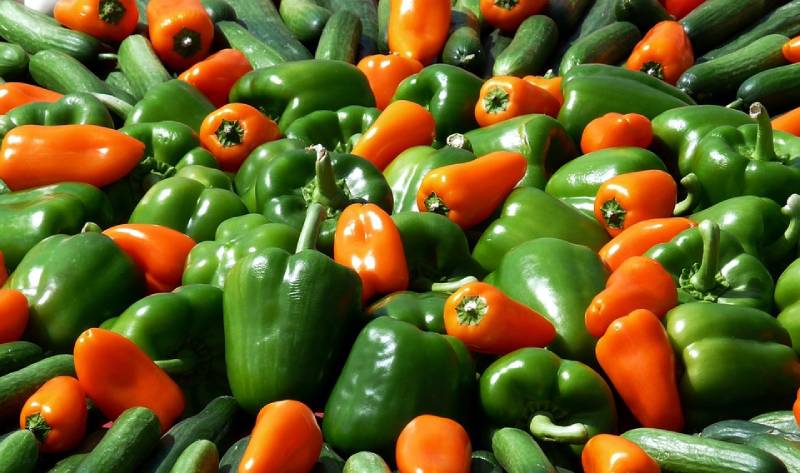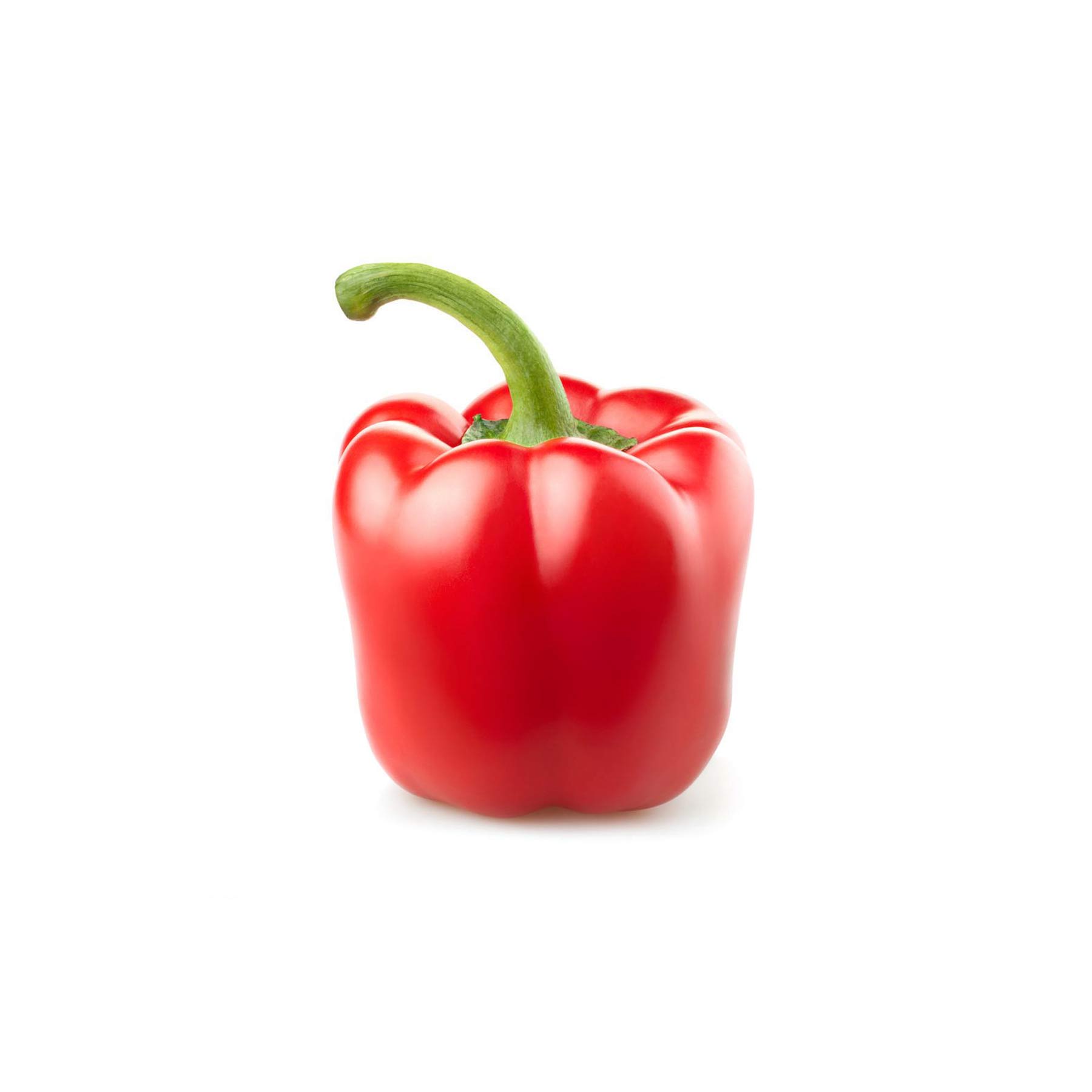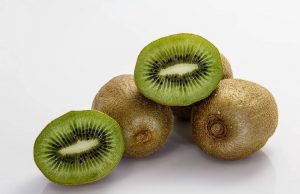Is it fine if the green peppers turn red ?
Are they spicy?
We want to answer this question and show you some of the many benefits of eating green peppers.
The best time to plant the green pepper:
Between Two or three weeks past the spring, frost is the ideal time for planting, but the important thing is whether the soil has warmed enough to 18 degrees Celsius. In mild-summer regions, you can add warmth by planting in a protected place in front of a south-facing wall.
Depending on the climate, bell peppers mature in 60 to 95 days.
The harvest time is 60 to 95 days after planting.
Is it hot or spicy?
The bell pepper color and flavor are determined by the type of the pepper seed, and the grade of ripeness when you pick them. For example, red or orange bell pepper is a mature green bell pepper.


Green pepper benefits :
Green pepper has lots of benefits, which we will introduce you some of them:
- Can decrease the cardiovascular risks
- May reduce the level of homocysteine in our body
- May balance the destructive effects of free radicals in our body
- Relieving the pain associated with severe bone disorders
- Very good for Asthma people
- Full of dietary fiber
- playing an important role in decreasing the risks of colon cancer
- Rich in calcium
- The phytonutrients content of green peppers is very effective in curing rashes, blemishes, acne, and other skin infections
Not only are green peppers high in iron, but they’re also rich in Vitamin C, which can help your body absorb iron more efficiently. This combination makes green peppers a superfood when it comes to preventing and treating iron-deficient. So of course eating green pepper is good for your body
Why the green pepper turns red ?
There is no need to worry about your pepper color.
If the pepper turns red or yellow shows that the pepper became fully mature.
The red color is the final color pepper will experience, and it shows the pepper is completely ripped.
Nutrition facts:
| Nutrition Value per 100 gram pepper | |||||||
| Vitamins | Quantity | %Dv | Minerals | Quantity | %Dv | ||
| Energy | 20 kcal | Vitamin A | 18.00 μg | NA | Calcium | 10.00 mg | 1% |
| Carbohydrates | 4.6 g | Vitamin B6 | 0.224mg | 17% | Copper | 0.066 mg | 7% |
| sugars | 2.4 g | Vitamin C | 80.4 mg | 89% | Iron | 0.34 mg | 2% |
| Dietary fiber | 1.7 g | Vitamin E | 0.37 mg | 2% | Magnesium | 10.00 mg | 2% |
| Fat | 0.2 g | Vitamin K | 7.4 μg | 6% | Potassium | 175.00 mg | 4% |
| Protein | 0.9 g | Vitamin D | 0.00 μg | 0% | Sodium | 3.00 mg | 0% |
| Water | 93.89 g | Zinc | 0.13 mg | 1% | |||





